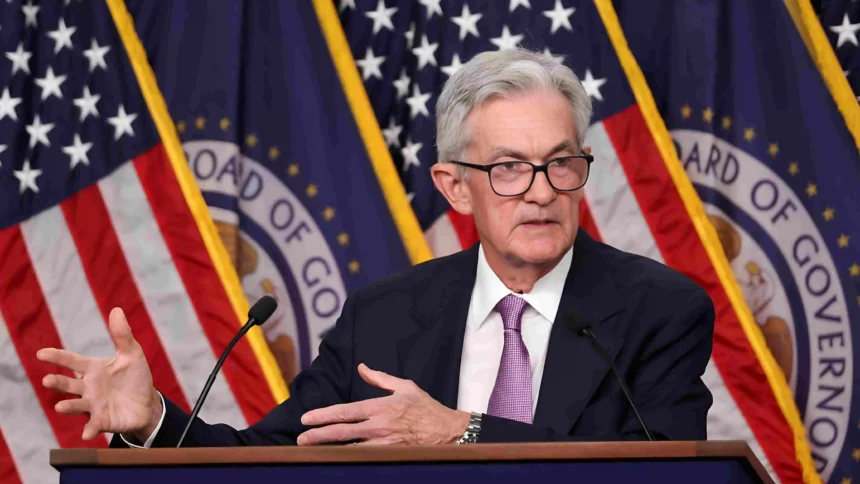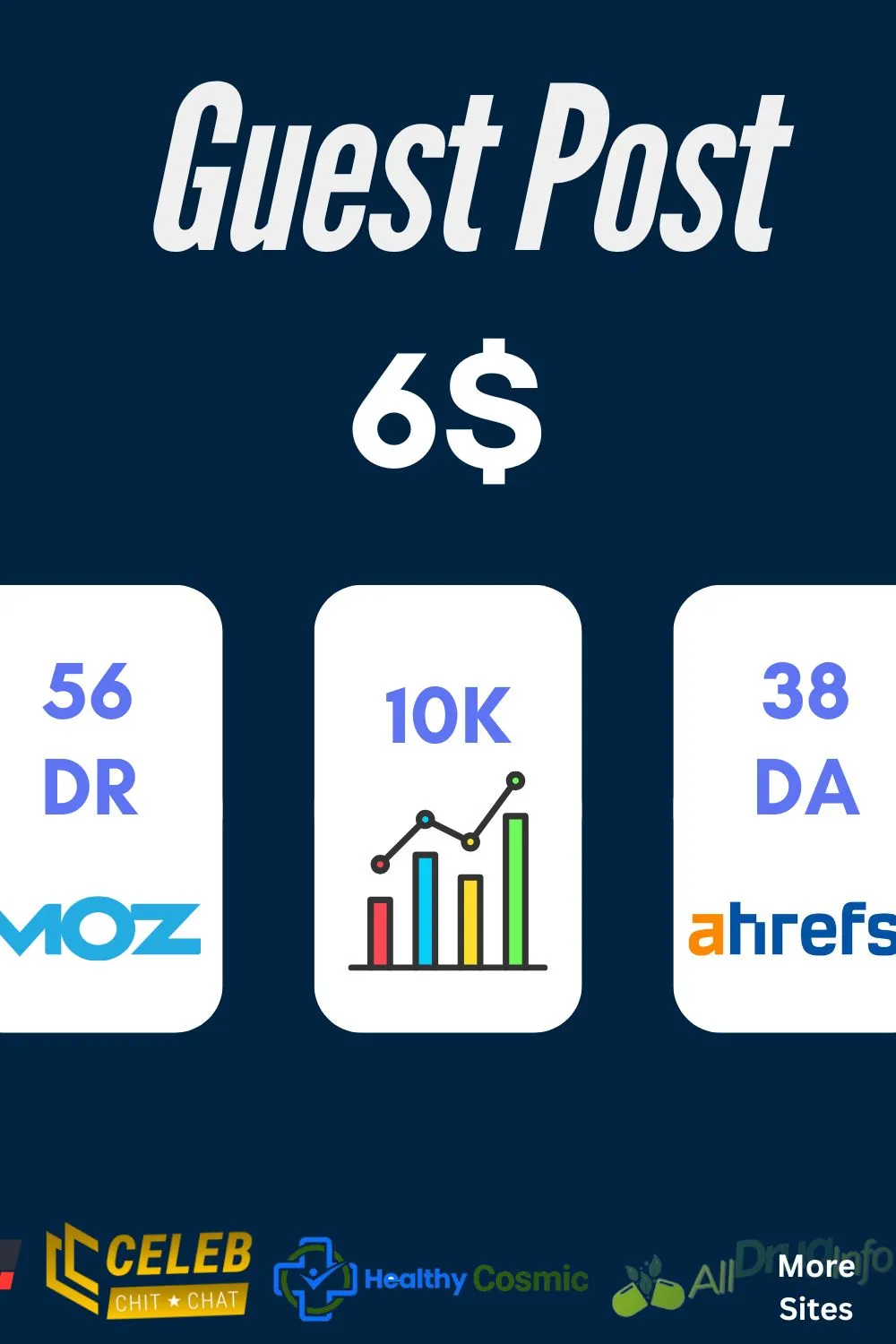The Federal Reserve has maintained the existing interest rate between 4.25% to 4.50% since December 17 since it has not altered since markets experienced annual uncertainties mainly affecting treasury markets. The latest rate adjustment builds upon previous rate decreases of 100 basis points during the last part of 2024.
The government observes how Federal Reserve rate reductions perform while monitoring economic markers before considering additional rate modifications.
Economic Indicators Influencing the Fed Rate Decision
The Federal Reserve maintained current interest rates because these indicators hold significant importance for the economy. Based on sound labor market conditions, January 2025 delivered a 4.0 percent unemployment rate. The Consumer Price Index recorded a 2.9% price increase during the previous twelve months to December 2024 while staying higher than its level.
Expert Analyses and Reactions
According to statistical data many economic specialists skipped the rate cuts after the Fed Rate Decision while all agree that the size of each cut becomes irrelevant until their preceding adjustments prove effective. According to their view any further modifications need to be preceded by the analysis of current impacts before making change decisions.
Market analysts say Fed Rate Decision is put in place to back up economic growth through an inflationary policy. The strategy is relevant by keeping in mind what is going to be the possible policies of the new administration and how this will affect the economy. According to this stance the Fed has time to separate out the subtly changing in the economy to ensure better results with changing economics.
Diverse Viewpoints Within the Federal Reserve
Federal Reserve has some other opinions about an interest rate decision. Hawks, who are group members, fear keeping inflation too high and are therefore not ready to change rates. What they want is for the winds of the hold to drop slowly but not burn the economy. In general, “dovish” members are more likely to cut rates to spur the economy, and most particularly if they think a slowdown is imminent. The Fed’s internal debate ranges from controlling inflation v those of employment.
Fed Chair Jerome Powell also said he very much doesn’t advocate for us to rush into rate changes. He emphasizes that one needs to be very cautious when you are making any business, picking your economic indicator, say, a low employment rate or an inflation trend to make that Fed Rate Decision. Powell has hewed towards a measured approach in part by taking action that will leave him with plenty of policy room to respond to the economy as it exists today.

Impact on Financial Markets
When the Fed Rate Decision and statement of no change were announced, major stock indices initially dropped as the investment reset opinion on the future of monetary policy. However, that resilience on markets thus far has been a feat, as indices recover as investors digest the Fed’s phlegmatic posture and other economic facts.
Investors are waiting to see what happens and bond yields have remained relatively stable. For example, the 10 year Treasury yield has been flat as market participants consider the Fed’s policy stance and what any effect might have on future interest rate movements.
Global Economic Implications
The implications of the recent Fed Rate Decision to keep interest rates unchanged are of huge importance to the world economy. These actions are watched closely by international markets as U.S. monetary policy has a vital role in determining economic conditions all around the globe. U.S. interest rate changes may have an effect on investment flows, trade practices, and economic growth of other nations.
Actions of the Fed determine U.S. dollar strength and this currency power sets the exchange rates globally. The value increase of the dollar creates export prices that become unaffordable but imports become more affordable while leading to changes in worldwide economic trade balances and national economic activity. Other central banks throughout the world base their economic stability response on how the Fed Rate Decision unfolds.
Most economic experts predict the Fed will resist numerous interest rate modifications during the upcoming period. The direction of inflation decrease will become the primary factor that decides upcoming rate adjustments. When economic growth slows down inflation decreases thus permitting the Federal Reserve to increase interest rates until they subsequently reduce rates to boost economic expansion.
The Federal Reserve might sustain current interest rates to avoid inflationary pressure when both inflation remains elevated and economic growth continues at its present pace. Fed Rate Decision serves as a delicate process which endeavors to achieve economic growth and control inflation at the same rate.



